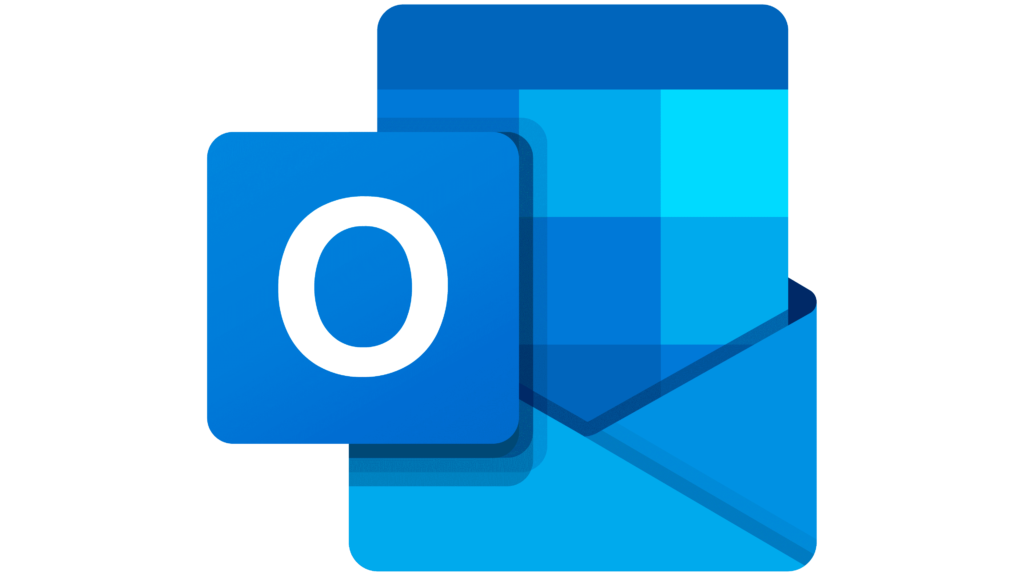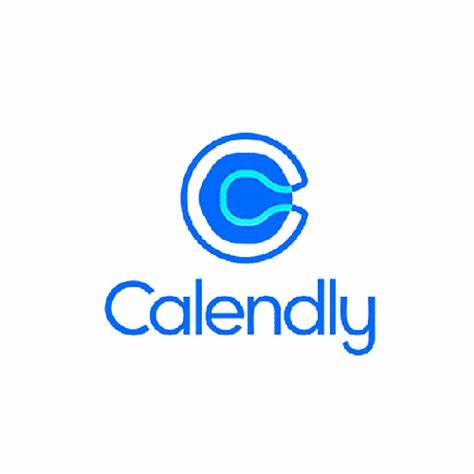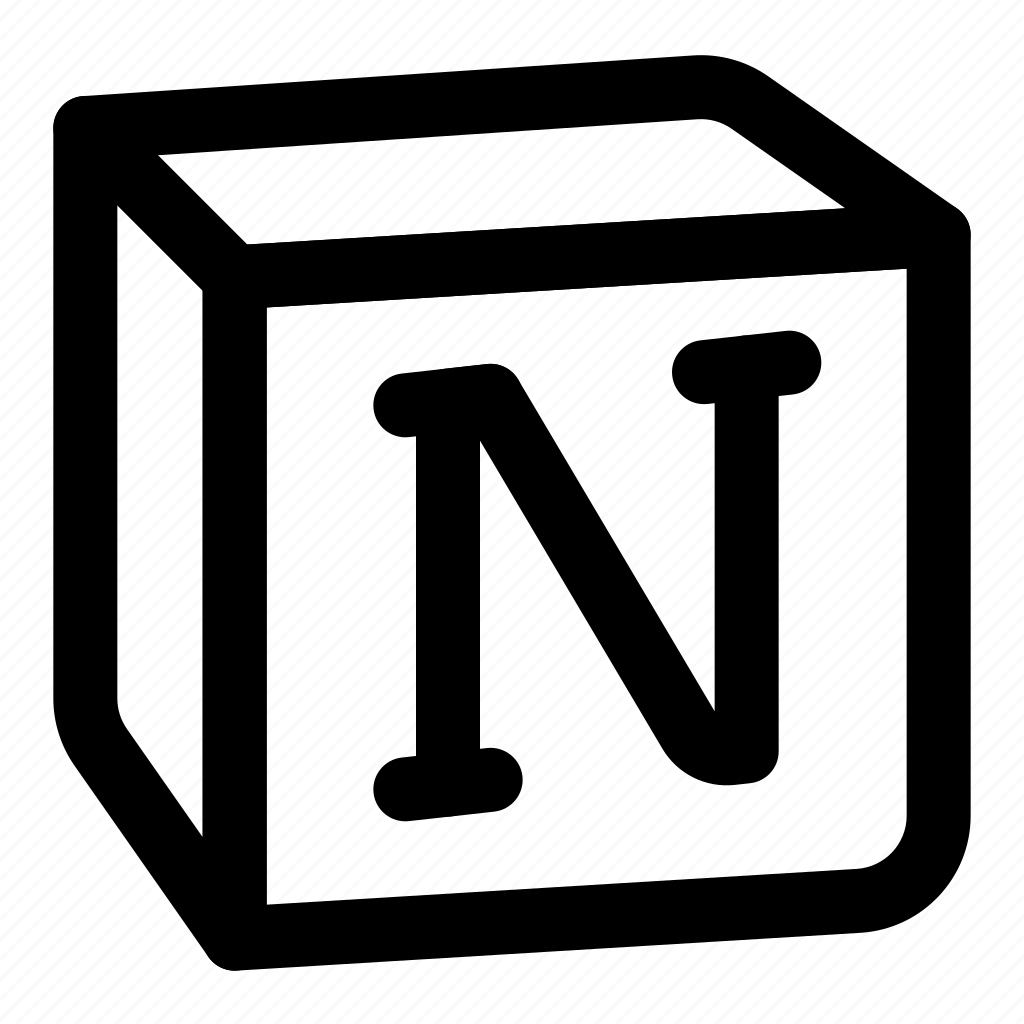
In our ever-accelerating world, maintaining order and optimizing time management has evolved from being a mere convenience to an absolute necessity. The advent of calendar software has transformed the way individuals and businesses approach these challenges, providing an indispensable means to orchestrate schedules, issue timely reminders, and elevate overall productivity. As we embark on the journey into the year 2023, the clamor for resilient and dynamic calendar software solutions has surged to unprecedented levels.
Let’s delve deeper into this evolving landscape, exploring the crux of calendar software’s significance in contemporary society and the escalating demand for solutions that not only meet but exceed our expectations.
In this blog post, we’ll embark on a journey to uncover the top 10 calendar software tools that are making waves in the year 2023. These software offerings present a wealth of functionalities to facilitate time management, foster collaboration, and elevate overall productivity. Our mission is not merely to introduce you to these tools, but to provide you with a comprehensive understanding of their distinctive features, pricing structures, and the tangible advantages they can confer upon you or your organization.
So, let’s dive headfirst into the realm of calendar software and unveil which of these options are primed to supercharge your productivity in 2023.
So, let’s dive into the world of calendar software and discover which options are best suited to boost your productivity in 2023.
1. Google Calendar :

Due to its intuitive interface, seamless Google service integration, and cross-device accessibility, Google Calendar remains the preferred pick for both individuals and enterprises. Beyond standard scheduling tools, it presents intelligent event recommendations, effortless sharing, and collaboration features, coupled with seamless third-party app integration.
- Pros: User-friendly interface, strong integration with Google services (Gmail, Google Drive), wide availability on various devices, intelligent event suggestions, and versatile sharing and collaboration features.
- Cons: Limited advanced project management features, privacy concerns regarding Google’s data collection.
2. Microsoft Outlook :

Outlook by Microsoft is another powerhouse in the calendar software arena. Renowned for its email management capabilities, it also offers a robust calendar feature. In 2023, Outlook comes with AI-driven features for email and calendar management, improved integration with Microsoft Teams, and enhanced security measures.
- Pros: Robust email and calendar integration, advanced AI-driven features for email and scheduling, tight integration with Microsoft Teams, and robust security measures.
- Cons: Learning curve for new users, can be resource-intensive, especially for large organizations.
3. Apple Calendar :

For Apple users, Apple Calendar is an intuitive choice. It seamlessly syncs across all Apple devices, providing a unified scheduling experience. In 2023, it offers improved compatibility with third-party apps, better privacy controls, and features like smart suggestions for event creation.
- Pros: Seamlessly syncs across Apple devices, privacy-focused, integrates with Siri, and offers location-based suggestions for events.
- Cons: Limited cross-platform compatibility, fewer advanced features compared to some competitors.
4. Calendly :

Calendly is a scheduling tool that gained significant traction in 2023. It simplifies the process of setting up meetings and appointments by allowing users to share their availability and let others book slots. With integrations for popular video conferencing tools, Calendly streamlines the scheduling process, making it a valuable asset for professionals and businesses.
- Pros: Simplifies scheduling and appointment booking, integrates with popular video conferencing tools, and improves overall time management.
- Cons: Limited features for complex scheduling needs, may not be suitable for large organizations with intricate scheduling requirements.
5. Woven :
Woven is a smart calendar tool that offers features like scheduling analytics and templates for common event types. It helps users optimize their time by suggesting ideal meeting slots, integrating with email, and providing insights to improve productivity.
- Pros: Offers scheduling analytics, templates for common events, and intelligent suggestions for ideal meeting slots, making it a valuable productivity tool.
- Cons: May not have as extensive third-party app integrations as some competitors, pricing may be a concern for some users.
6. Notion :

Notion is a versatile productivity tool that includes a calendar feature. In 2023, Notion offers improved calendar views, customizability, and seamless integration with project management and note-taking functionalities, making it a powerful choice for individuals and teams.
- Pros: Highly customizable calendar views, seamless integration with project management and note-taking features, making it versatile for both personal and team use.
- Cons: Steeper learning curve for beginners, might be seen as too complex for straightforward scheduling needs.
7. Trello :

Trello, known for its Kanban-style project management boards, offers a calendar view that helps teams visualize deadlines and tasks. In 2023, Trello has enhanced its calendar capabilities, making it easier for teams to plan and execute their projects efficiently.
- Pros: Kanban-style project management boards with a calendar view, excellent for visualizing tasks and deadlines, and straightforward task management.
- Cons: May not provide in-depth scheduling capabilities needed by some businesses, particularly in a non-project context.
8. Asana :

Asana is a comprehensive project management tool that also includes a calendar feature. In 2023, Asana has introduced advanced timeline views, workload management, and integrations with other popular business tools, making it a top choice for project-centric organizations.
- Pros: Comprehensive project management and scheduling tools, advanced timeline views, workload management, and strong integrations with other business tools.
- Cons: May be overwhelming for small teams or individuals, and pricing could be a barrier for some users.
9. Teamup :

Teamup is a collaborative calendar solution that gained popularity in 2023 due to its simplicity and versatility. It offers color-coded sub-calendars, customizable sharing options, and an easy-to-use interface for managing events and appointments.
- Pros: Collaborative calendar solution with color-coded sub-calendars, customizable sharing options, and an intuitive interface.
- Cons: May not have the depth of features compared to more specialized calendar tools, and advanced analytics may be lacking.
10. Any.do:

Any.do is a task management and calendar app that helps individuals and teams stay organized. In 2023, it introduces new features like location-based reminders, improved task scheduling, and cross-platform syncing, making it an excellent choice for those who want an all-in-one productivity solution.
- Pros: Combines task management and calendar features, introduces location-based reminders, and offers cross-platform synchronization.
- Cons: May not have the same level of sophistication for either task management or calendar features when compared to standalone tools.
Conclusion :
In the dynamic landscape of 2023, the realm of calendar software burgeons with a multitude of choices, each promising to be your steadfast ally in conquering time management, harmonizing your schedule, and supercharging your productivity. Whether you gravitate toward the elegant simplicity of Google Calendar, crave the robust integration prowess of Microsoft Outlook, or yearn for the collaborative synergies offered by platforms like Trello or Teamup, the plethora of calendar software tools stands ready to cater to your unique needs.
However, the path to selecting the ideal calendar software is not a one-size-fits-all journey. It’s an intricate dance where the rhythm of your individual or organizational requirements must harmonize with the melody of software features. Thus, take a moment to embark on an exploratory quest, sifting through these diverse options to discern the one that resonates most harmoniously with your aspirations and goals. Armed with the perfect calendar software, you can anticipate an upcoming year in 2023 marked by superior organization and unprecedented productivity.
